|

HOME |
ABOUT | INDEX |
NEWS |
FACEBOOK |
CONTACT
SEXUAL
IDENTITY
Behavior | Orientation | Attraction
Sexual Behavior
"Sexual
Identity" is a broad term, not to be confused with the
specific definitions of sexual orientation or gender
identity. The term, which is about sexual behavior, is
sometimes used an umbrella term under which sexual
orientation, romantic orientation, and sexual attraction, and other factors
are objectively discussed, described, and defined. Think
of it as a rational (clinical) way to talk about having
sex and falling in love.
Sexual
identity does not specifically concern itself with
gender, gender identity, gender expression, or gender
presentation.
Otherwise, sexual identity is how one thinks of oneself
in terms of to whom one is romantically or sexually
attracted. Sexual identity may also refer to sexual
orientation identity, which is when people identify or dis-identify with a sexual orientation or choose not to
identify with a sexual orientation.
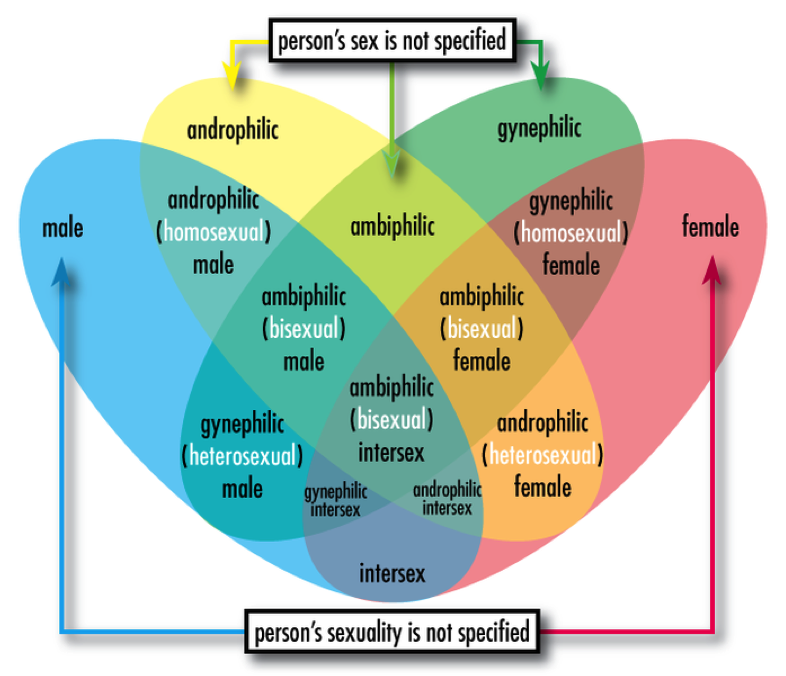
Surge in Sexual Identities
Huff Post: Lots of Sexual Identities
Sexual Identity Explained
Sexual Orientation Guide: Am I Gay?
For Anyone Who's Been Told It's Just a Phase
Sexual Diversity
Poll Shows Gen Z Adopting Their Own Labels for Sexuality
Info: Sex and Gender
LGBTQ Video Chat: Facts You Probably Didn't Know
Sex and Gender
Intro: A Beginner’s Guide
Sexual identity and
sexual behavior are closely related to sexual
orientation, but they are distinguished, with identity
referring to an individual's conception of themselves,
behavior referring to actual sexual acts performed by
the individual, and sexual orientation referring to
romantic or sexual attractions toward persons of the
opposite sex or gender, the same sex or gender, to both
sexes or more than one gender, or to no one.
Historical models of sexual identity have tended to view
its formation as a process undergone only by sexual
minorities, while more contemporary models view the
process as far more universal and attempt to present
sexual identity within the larger scope of other major
identity theories and processes. Behavior is not
necessarily the same thing as orientation.
The
concept of sexual identity allows discussions of sex and
gender in a manner that is more behavioral, clinical,
scientific, or research-oriented. This neutral or
impartial approach permits discourse about sexual
attraction (and other factors) in a more detached or
dispassionate way. This would include objective
conversations about sexual behavior from a purely
sociological or psychological perspective.

Poll Shows Gen Z Adopting Their Own Labels for Sexuality
Facebook List: 58 Gender Options
Overview of Sexual Orientations
UC Davis: LGBTQ Glossary of Terms
Info: Gender Identity
LGBTQ Video: How You See Me
List of Orientations and Flags
Sex Redefined: The Idea of 2 Sexes Is
Overly Simplistic
Psychology Today:
Sex-Relevant Terminology
What is Morally Wrong With Homosexuality?
Sexual Orientation Video: Is It a Choice?
Radically Queer
Definitions and
Identity
Sexual
identity has been described as a component of an
individual's overall identity that reflects their sexual
self-concept. The integration of the respective identity
components (moral, religious, ethnic, occupational) into
a greater overall identity is essential to the process
of developing the multi-dimensional construct of
identity.
Sexual identity can change throughout an individual's
life, and may or may not align with biological sex,
sexual behavior or actual sexual orientation. In a 1990
study by the Social Organization of Sexuality, only 16%
of women and 36% of men who reported some level of
same-sex attraction had a homosexual or bisexual
identity.


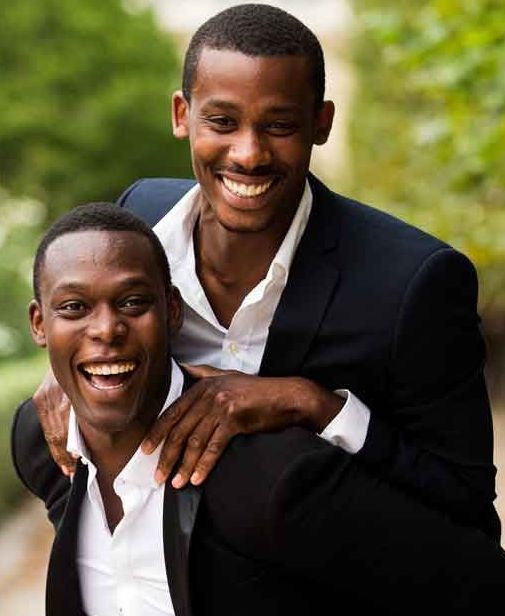
Surge in Sexual Identities
Kids Health: Sexual Orientation
LGBTQ Video: Understanding Sexual Orientation and Gender
Identity
Understanding Sexual Orientation and Gender
Identity
Research: Sexual Identity
Huff Post: New Orientation to Sex
Sexual Identity Explained
Sexual identity is more closely related to sexual
behavior than sexual orientation is. The same survey
found that 96% of women and 87% of men with a homosexual
or bisexual identity had engaged in sexual activity with
someone of the same sex, contrasted to 32% of women and
43% of men who had same-sex attractions.
Upon reviewing
the results, the organization commented: "Development of
self-identification as homosexual or gay is a
psychological and socially complex state, something
which, in this society, is achieved only over time,
often with considerable personal struggle and
self-doubt, not to mention social discomfort."
Facebook List: 58 Gender Options
Guide to Gender and Sexuality Terms
Psychology 101 Video: Sexual Orientation
Sex Redefined: The Idea of 2 Sexes Is
Overly Simplistic
Wikipedia: Sexual Orientation
Bill Nye Science Guy: Sexuality and Gender Spectrum
Animated Video: Gender and Sexuality
Video Talk: Aesthetic Attraction
Overview of Sexual Orientations
Variety of
Sexualities
In 1976,
the French philosopher Michel Foucault made the
meticulously researched case that sexuality is a social
construct used as a form of control. In the 40 years
since, society has been busy constructing sexualities.
Alongside the traditional orientations of heterosexual,
homosexual, and bisexual, a myriad other options now
exist in the lexicon, including:

Ambisexual
- Similar to bisexual, sexual
attraction to both males and females
Pansexual
- Gender-blind sexual attraction to all people
Polysexual
- Gender-blind sexual attraction to many people
Omnisexual - Similar to pansexual and polysexual, but actively
attracted to all genders, rather than gender-blind
Abrosexual
- Someone whose sexuality is fluid (this means
that their sexual identity can change)
Gynesexual - Someone who’s sexually attracted to women,
females, and femininity
(this does not specify the subject’s own gender in the
same way as “lesbian” and “heterosexual”)
Androsexual - Sexual attraction towards men,
males, and masculinity (this does
not specify the subject’s own gender in the same way as
“gay male” and “heterosexual”)
Androgynosexual
- Sexual attraction to both men and
women with an androgynous appearance
Skoliosexual - Sexual attraction
to non-cisgender people, including genderqueer,
non-binary, and
transsexual people and expressions
Asexual
- Someone who doesn’t experience sexual attraction
Allosexual
- Opposite asexual, term for someone who is not on the asexual
spectrum, someone who regularly experiences sexual
attraction for others (also: zedsexual)
Demisexual - Sexually attracted to someone based on a
strong emotional connection
Graysexual - Occasionally experiencing sexual
attraction, but usually not
Cupiosexual - Subset of asexual, describes people who never experience sexual
attraction who still desire a sexual relationship
Sapiosexual
- Sexually attracted to intelligence
Sociosexual - Comfortable with having sex without any
intimacy, closeness or commitment
Objectumsexual
- Sexual attraction to inanimate objects
Autosexual - Someone who prefers masturbation to
sexual activity with others
Hypersexual - Dysfunctional preoccupation with sexual
fantasy
Understanding Sexual Orientation and Gender
Identity
Research: Sexual Identity
Asexuality, Attraction, and Romantic Orientation
What is Heteroflexibility?
List of Sexualities
Bisexual vs Pansexual: What's the Difference?
Psychology Today:
Sex-Relevant Terminology
List of Orientations and Flags
Androphilia and Gynephilia
Variety of Sexualities

Sexuality
Spectrum
|
Sex
Assignment |
Male |
Intersex |
Female |
|
Gender
Identity |
Man |
Non-Binary |
Woman |
|
Gender
Intensity |
Hyper-Masc |
Androgynous |
Hyper-Fem |
|
Sexual
Orientation |
Heterosexual |
Bi|Pansexual |
Homosexual |
|
Sexual
Drive |
Asexual |
Demi|Graysexual |
Hypersexual |
|
Romantic Desire |
Aromantic |
Poly|Panromantic |
Mono|Alloromantic |
|
Social
Intimacy |
Monogamous |
Monogamish |
Polyamorous |
|
Sexual
Exploration |
Vanilla |
Light
Play |
BDSM|Kink |
Gay|Men
Lesbian|Women
Bi|Bisexual
Pansexual|Polysexual
Ace|Asexuality
Aro|Aromantic
Romantic Orientation
Straight|Heterosexual
Cis|Cisgender
Sexual Diversity
Gender and
sexual diversity (GSD), or simply sexual diversity,
refers to all the diversities of sex characteristics,
sexual orientations and gender identities, without the
need to specify each of the identities, behaviors, or
characteristics that form this plurality.
In the
Western world, generally simple classifications are used
to describe sexual orientation (heterosexuals,
homosexuals and bisexuals), gender identity (transgender
and cisgender), and related minorities (intersex),
gathered under the acronyms LGBTQ or LGBTI (lesbian,
gay, bisexual, transgender, queer, intersex). However, other cultures have
other ways of understanding the sex and gender systems.
Over the last few decades, some sexology theories have
emerged, such as Kinsey theory and queer theory,
proposing that this classification is not enough to
describe the sexual complexity in human beings and,
even, in other animal species.
For example, some people may feel an intermediate sexual
orientation between heterosexual and bisexual (heteroflexible)
or between homosexual and bisexual (homoflexible). It
may vary over time, too, or include attraction not only
towards women and men, but to all the spectrum of sexes
and genders (pansexual). In other words, within
bisexuality there exists a huge diversity of typologies
and preferences that vary from an exclusive
heterosexuality to a complete homosexuality (Kinsey
scale).
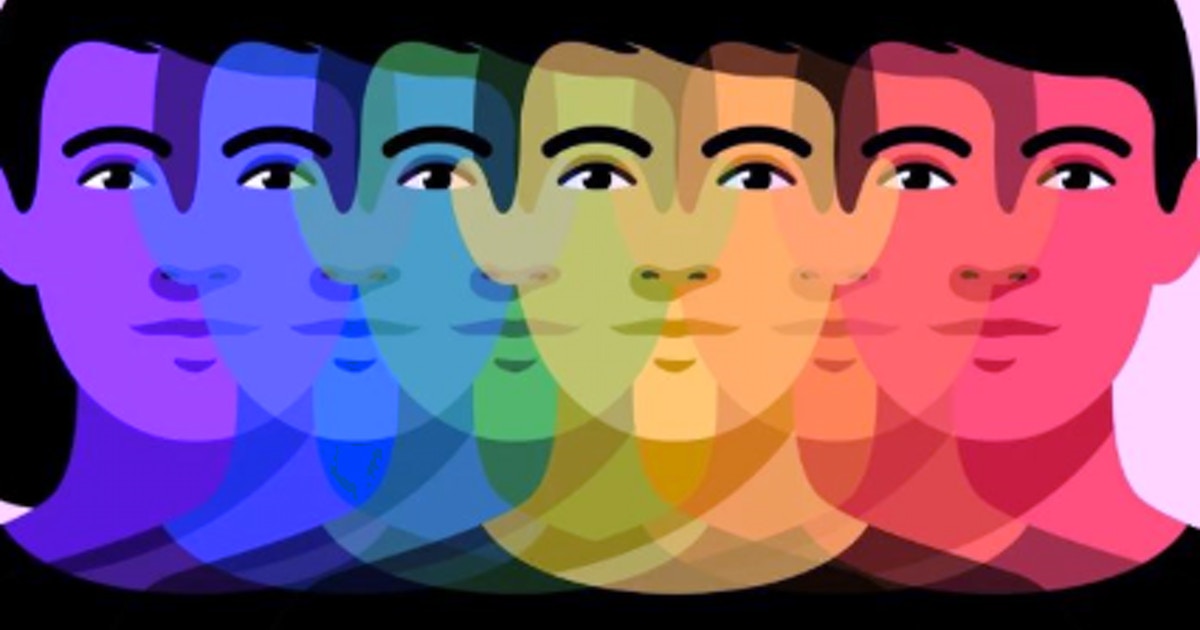
Sexual
diversity includes intersex people, those born with a
variety of intermediate features between women and men.
It also includes all transgender identities
which do not frame within the binary gender system and,
like sexual orientation, may be experienced in different
degrees in between cisgender and transgender, such as
genderfluid and genderqueer people.
Lastly, sexual diversity also includes asexual people,
who feel disinterest in sexual activity; and all those
who consider that their identity cannot be defined, such
as queer people.
Poll Shows Gen Z Adopting Their Own Labels for Sexuality
Guide to Gender and Sexuality Terms
Sexual Diversity
Surge in Sexual Identities
Huff Post: Lots of Sexual Identities
What is Heteroflexibility?
List of Sexualities
Variety of Sexualities


Andro and Gyno
Andro
- sexual behavior relevant to
men/males/masculinity
Gyno
- sexual behavior relevant to
women/females/femininity
Androphilia and gynephilia are terms used in behavioral
science to describe sexual orientation, as an
alternative to a gender binary homosexual and
heterosexual conceptualization. Androphilia describes
sexual attraction to men or masculinity. Gynephilia
describes the sexual attraction to women or femininity.
Ambiphilia describes the combination of both androphilia
and gynephilia in a given individual, or bisexuality.


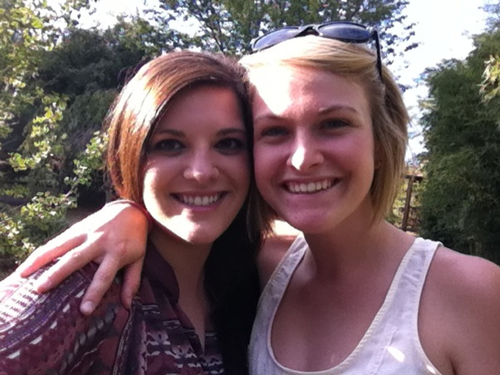
The terms are objectively (sometimes clinically) used for identifying a
person's object of attraction without attributing a sex
assignment or gender identity to the person. This can
avoid bias inherent in normative conceptualizations of
human sexuality, avoid confusion and offense when
describing people in non-western cultures, as well as
when describing intersex and transgender people,
especially those who are nonbinary or otherwise falling
outside the gender binary.
Other objective (clinical) shorthand describes sexual
interactions (behavior) without reference to sexual orientation
or romantic relationships:
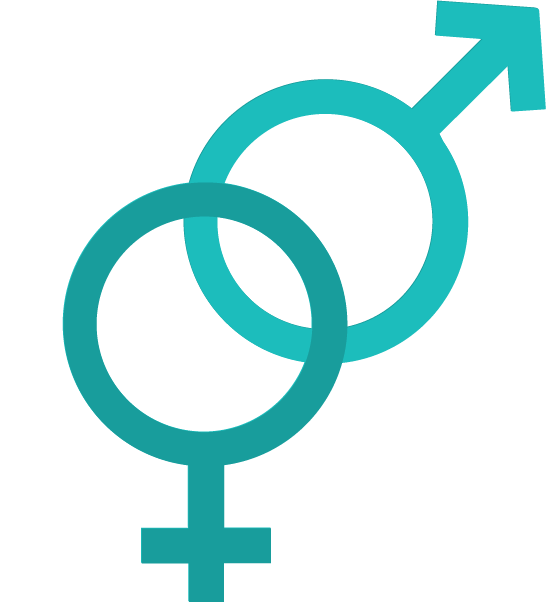
MSM - men having sex with men
MLM - men loving men
WSW
- women having sex with women
WLW
- women loving
women
Bisexual vs Pansexual: What's the Difference?
TED Talk: Bisexual Invisibility
Sexual Diversity
Psychology Today:
Sex-Relevant Terminology
List of Orientations and Flags
Sex Redefined: The Idea of 2 Sexes Is
Overly Simplistic
Video Talk: Aesthetic Attraction
Asexuality, Attraction, and Romantic Orientation
PBS Video: Bisexuality
List of Sexualities

Romantic
Identities
Heteroromantic - Romantic attraction towards persons
of the opposite gender
Homoromantic - Romantic attraction towards persons of
the same gender
Alloromantic
- General term for persons who regularly experience
romantic attraction (Opposite of aromantic)
Monoromantic - Romantic attraction to members of one sex or gender only
Biromantic
- Romantic attraction towards persons of either or both
genders
Omniromantic - Romantic attraction towards persons of
any and all genders
Panromantic/Polyromantic - Romantic attraction towards persons of
any and all genders
Transromantic/Skolioromantic - Romantic attraction
towards persons of variant or ambiguous gender or to
transgender or intersex persons
Neutroisromantic
- Romantic attraction toward persons
of neutral or null gender
Demiromantic/Grayromantic
- Romantic attraction towards anyone, but only after forming a deep emotional bond with
the person
Cupioromantic
- Subset of aromantic, describes people who never experience
romantic
attraction who still desire a romantic relationship
Lithromantic
- Feels romantic attraction towards someone, but does
not have any desire for those feelings to be
reciprocated
Aromantic
- Lack of romantic attraction towards anyone
What is Gender Expression?
Poll Shows Gen Z Adopting Their Own Labels for Sexuality
Gender
Expression vs Gender Identity
Huff Post: Lots of Sexual Identities
BetterHelp: What is the
Split Attraction Model
Gender
Spectrum: Understanding Gender
Queer Kid Stuff: Gender Expression
Teaching Sex, Sexual Orientation, Gender Expression, and
Gender Identity
Discussing Orientation:
Splitting Sttraction
Comprehensive Guide: Facebook's Gender Options
Understanding Sexual Orientation and Gender
Identity
Research: Sexual Identity
Amelia Ace:
What is the Split Attraction Model

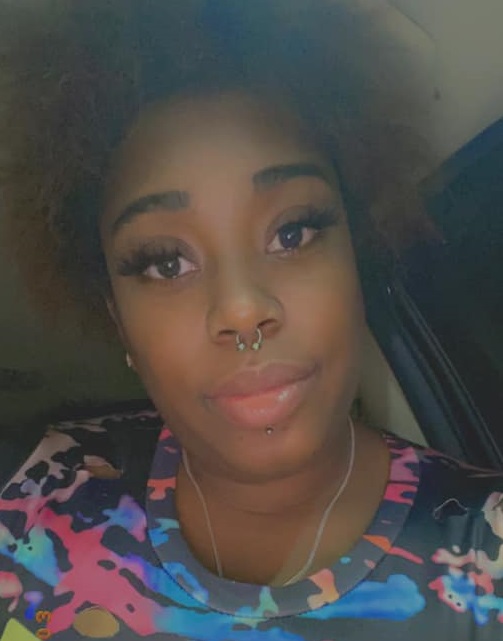


Split Attraction
Model
The split
attraction model or SAM is a model of attraction used by
many ace-spec and aro-spec people to describe their
identity. The SAM states that for some people sexual
attraction and romantic attraction are two different
things. For example, an asexual person may feel romantic
attraction, and an aromantic person may feel sexual
attraction. In those cases the a-spec person may
describe their identity using the SAM in order to
express both aspects of their identity.
If someone's sexual and romantic orientation are the
same they can simply use one word. For example, one
would not have to say "pansexual and panromantic" as
they could just say they're pansexual. The exception to
this is aroace, which is often said together because
only saying one could imply that one is alloromantic
asexual or allosexual aromantic or lead to other
confusion. Someone whose sexual orientation and romantic
orientation don't match might identity as varioriented.
Not all a-spec people use the SAM, and one should not
assume that another uses the SAM until the other people
says so. Most notably are non-SAM aros, but some people
prefer more precise terms include "romantic orientation"
(or "romantic orientation labeling," for the personal
use of terms like aromantic) and "attraction types,"
"attraction subtyping," or "differentiating types of
attraction." Not everyone who experiences different
types of attraction necessarily has a distinct romantic
orientation, and not everyone who has a romantic
orientation necessarily experiences multiple types of
attraction.
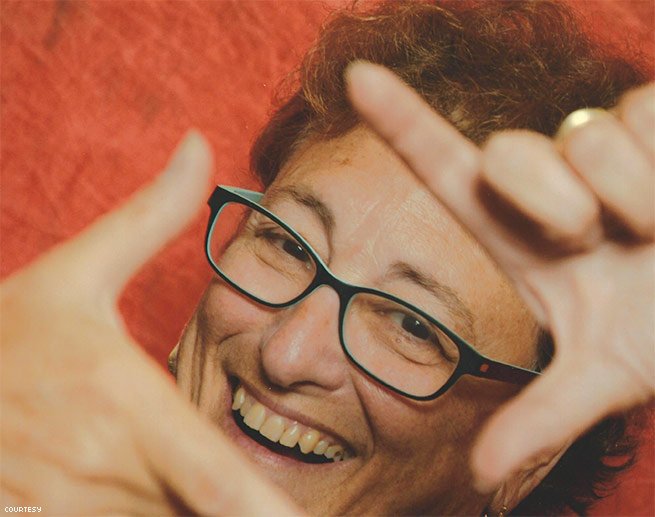
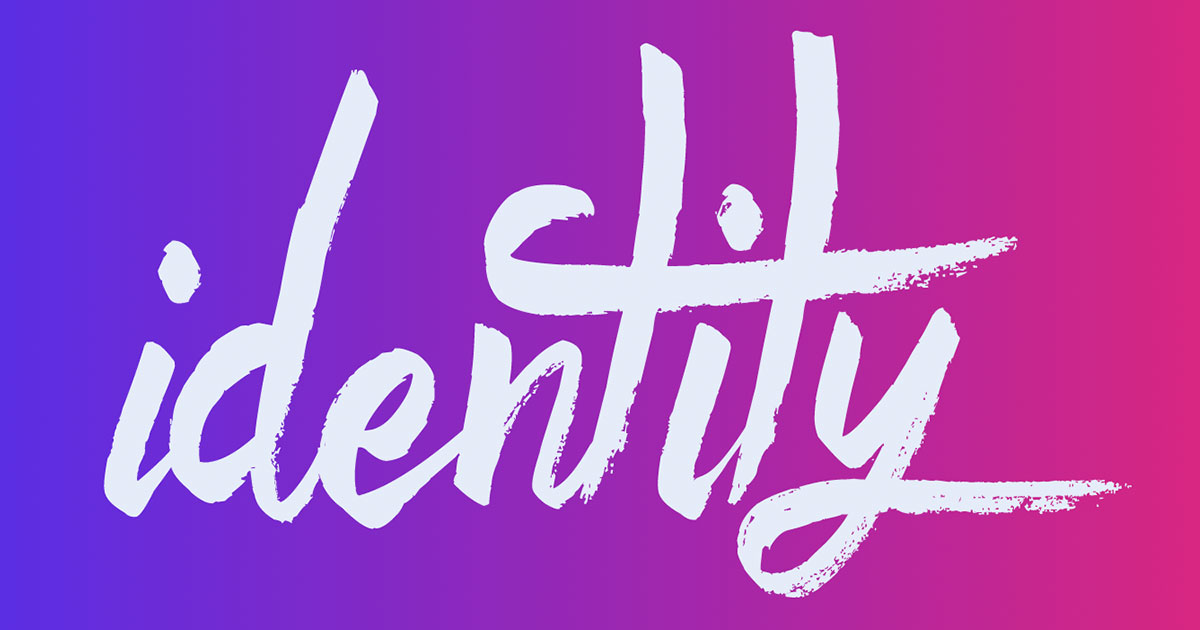

Video: Five Stages of Bisexuality
Love Panky: Different Kinds of Romantic Orientations
Psychology Today: Bisexuality Myths Debunked
What is Morally Wrong With Homosexuality?
Overview of Sexual Orientations
Video: How I Knew I was Bisexual
Facebook List: 58 Gender Options
Video: Bisexual Spectrum Explained
Love, Sex, Romance
When
discussing issues of sexual identity, four common
suffixes are typically utilized: sexual, philic,
romantic, gender. Any number of prefixes (homo, hetero,
bi, trans, cis, pan, poly, a) might be attached to these
suffixes:
sexual
- Describing a state or style of sexuality relating to
the instincts, physiological processes, and activities
connected with physical attraction or intimate physical
contact between individuals. Related terms include:
carnal, coital, erotic, sensual
philic
- Comes from the Greek word "philos," which means love.
Words that end with philic refer to someone that has a fondness of, attraction to, or love for
someone or something. It also means to have a tendency toward
someone or something. Related terms include: phile, philia, philo.
romantic - Condition of being romantic. Romantic
love is the kind of love related to desire. It is
heavily controlled by emotions such a passion. It is the
opposite of platonic love, where you have no sexual
desires for that person whatsoever. Related terms:
affection, expression, sentiment, intimacy, lust.
gender
- Socially constructed characteristics of women and men,
such as norms, roles, and relationships of and between
groups of women and men. It varies from society to
society and can be changed. Not to be confused with
biological sex.
Asexuality, Attraction, and Romantic Orientation
Research: Sexual Identity
Video Talk: Aromantic Spectrum
Asexual Relationships & Romance
Shades of Grayro: Romantic Orientations
Huff Post: Lots of Sexual Identities
Comprehensive Guide: Facebook's Gender Options
Video: Ace and Aro People in Relationships
What is Heteroflexibility?
Love Panky: Different Kinds of Romantic Orientations
Video Talk: Being Asexual and Biromantic
This is What Sex Feels Like for an Asexual Person
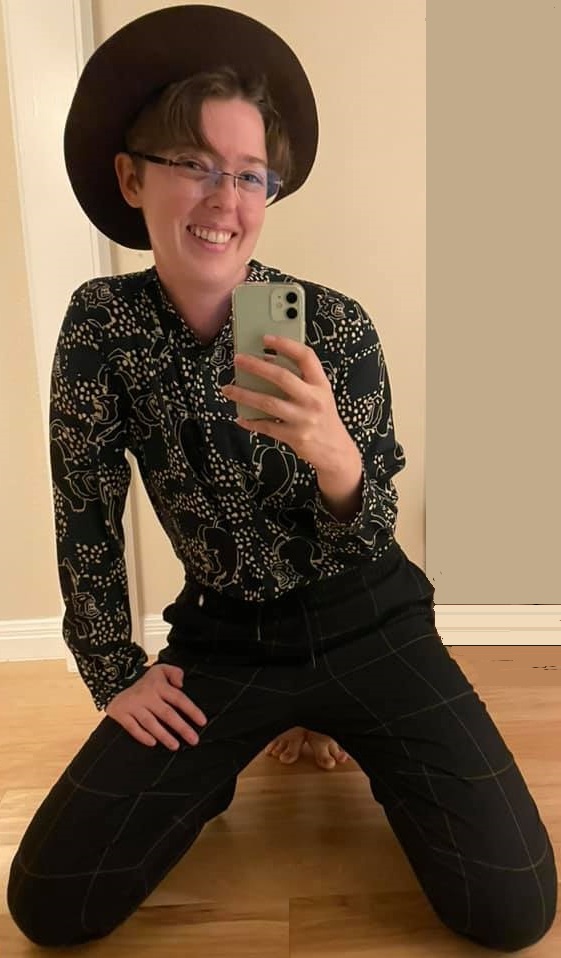


Sexual
Behavior: Orientation and Identity
Most definitions of sexual orientation include a
psychological component, such as the direction of an
individual's erotic desire, or a behavioral component,
which focuses on the sex of the individual's sexual
partner(s). Some people prefer simply to follow an
individual's self-definition or identity.
The APA states that "sexual orientation is an enduring
emotional, romantic, sexual, or affectional attraction
toward others. It is easily distinguished from other
components of sexuality including biological sex, gender
identity (the psychological sense of being male or
female), and the social gender role (adherence to
cultural norms for feminine and masculine behavior).
Sexual orientation exists along a continuum that ranges
from exclusive heterosexuality to exclusive
homosexuality and includes various forms of bisexuality.
Bisexual persons can experience sexual, emotional, and
affectional attraction to both their own sex and the
opposite sex. Persons with a homosexual orientation are
sometimes referred to as gay (both men and women) or as
lesbian (women only). Sexual orientation is different
from sexual behavior because it refers to feelings and
self-concept. Individuals may or may not express their
sexual orientation in their behaviors."

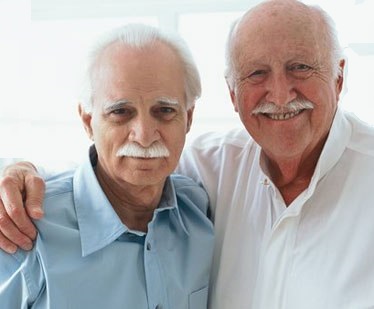
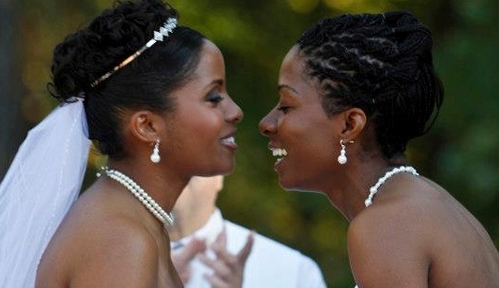
Sexual identity and sexual behavior are closely related
to sexual orientation, but they are distinguished, with
identity referring to an individual's conception of
themselves, behavior referring to actual sexual acts
performed by the individual, and orientation referring
to "fantasies, attachments and longings." Individuals
may or may not express their sexual orientation in their
behaviors. People who have a homosexual sexual
orientation that does not align with their sexual
identity are sometimes referred to as "closeted." The
term may, however, reflect a certain cultural context
and particular stage of transition in societies which
are gradually dealing with integrating sexual
minorities.
Gay Defined
Lesbian Defined
Bisexuality Defined
Straight Defined
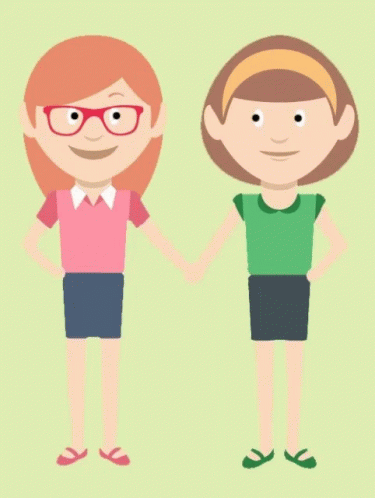
In studies related to sexual orientation, when dealing
with the degree to which a person's sexual attractions,
behaviors and identity match, scientists usually use the
terms concordance or discordance. Thus, a woman who is
attracted to other women, but calls herself heterosexual
and only has sexual relations with men, can be said to
experience discordance between her sexual orientation
(homosexual or lesbian) and her sexual identity and
behaviors (heterosexual).
Sexual identity may be more effective in describing a person's
perception of his or her own sex, rather than sexual
orientation.
Are
You Demi, Socio, Hyper or Sapio?
Psychology Today:
Sex-Relevant Terminology
Guide to Gender and Sexuality Terms
Sexual Diversity
Asexuality, Attraction, and Romantic Orientation
Research: Sexual Identity
Video Talk: Aromantic Spectrum
Psychology Today: Bisexuality Myths Debunked

Facebook Gender
Options
|
Agender
Androgyne
Androgynous
Bigender
Cis
Cisgender
Cis Female
Cis Male
Cis Man
Cis Woman
Cisgender Female
Cisgender Male
Cisgender Man
Cisgender Woman
Female to Male
FTM
Gender Fluid
Gender Nonconforming
Gender Questioning |
Gender Variant
Genderqueer
Intersex
Male to Female
MTF
Neither
Neutrois
Non-binary
Other
Pangender
Trans
Trans*
Trans Female
Trans* Female
Trans Male
Trans* Male
Trans Man
Trans* Man
Trans Person |
Trans* Person
Trans Woman
Trans* Woman
Transfeminine
Transgender
Transgender Female
Transgender Male
Transgender Man
Transgender Person
Transgender Woman
Transmasculine
Transsexual
Transsexual Female
Transsexual Male
Transsexual Man
Transsexual Person
Transsexual Woman
Two-Spirit |




Asexual Relationships & Romance
Shades of Grayro: Romantic Orientations
Video: Ace and Aro People in Relationships
What is Heteroflexibility?
Love Panky: Different Kinds of Romantic Orientations
Video Talk: Being Asexual and Biromantic
Video Talk: Aesthetic Attraction
This is What Sex Feels Like for an Asexual Person
Miscellaneous
Sexualities
The
varieties of sexualities are numerous and sometimes
unusual or exotic. For purposes of scientific discourse,
all types of sexual behaviors are considered, analyzed,
and researched without bias or agenda. Here is an
example of some of the more obscure sexualities:
Cupiosexuality
- Person who never experiences sexual attraction but still desires a sexual relationship.
They are considered a type of asexuality.
Sapiosexuality
- Person who is sexually
attracted to intelligence in other people.
Sociosexuality
- Person who is comfortable
with having sex without any intimacy, closeness or
commitment. They are often involved in sexual activity
outside of their committed relationship.
Objectumsexuality - Person who has a sexual
attraction to inanimate objects.
Autosexuality - Person who prefers
masturbation to sexual activity with others. They are
described as having sex with themselves.
Hypersexuality - Person who is a sex addict.
It describes someone with a dysfunctional preoccupation
with sexual fantasy.
Surge in Sexual Identities
Guide to Gender and Sexuality Terms
Sexual Identity Explained
Bill Nye Science Guy: Sexuality and Gender Spectrum
Overview of Sexual Orientations
Video Talk: Aesthetic Attraction
Understanding Sexual Orientation and Gender
Identity
Huff Post: Lots of Sexual Identities
Psychology Today:
Sex-Relevant Terminology
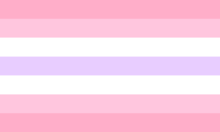
Pomosexual
Pomosexual
refers to someone who denies or does not fit any labels
for a particular kind of attraction. A pomosexual person
rejects, has an aversion to, or does not fit any sexual
orientations such as gay, straight, asexual, bisexual.
This can either be because one finds that this arguably
more typical way of describing sexual orientation is not
applicable to their sense of identity, or because one
feels the current vocabulary within the LGBTQ community
cannot accurately describe one's own sense of sexual
orientation, or because one simply does not wish to
describe their orientation. A pomosexual person may or
may not feel sexual attraction, but is not interested in
specifying whether they feel it, and to whom. They do
not want or need a specific label. Pomosexual can be a
sexuality by itself, but can also be used as an umbrella
term. There are four main "branches" of pomosexuality,
which are: Comsexual, Novisexual, Omniacepomo,
Cryptosexual.
Comsexual
- A sexuality that refers to someone who
experiences attraction. It is the opposite of asexual in
that way, however it is different from allosexual.
Allosexual is an umbrella term, and can refer to anyone,
gay, straight, bi, etc, who feels sexual attraction.
Comsexual, on the other hand, is a specific identity for
someone who feels sexual attraction and can't/doesn't
want to specify their identity any farther than that.
Novisexual
- A sexuality in which one feels
complicated attraction or lack thereof in such a way
that it is difficult or impossible to fit into one term. Novisexual falls under the umbrella of pomosexual, which
is defined by the idea that one's orientation does not
fit into any labels that currently exist, so therefore
one chooses not to define one's orientation, or uses an
intentionally vague label.
Omniacepomo
- When a person is on the asexual
spectrum but is unsure where specifically, and has no
preference for the gender of their partner. Omniacepomo
is a combination of three different words: Omni,
indicated both omnisexual and pansexual, showing that
this person is attracted to all genders/doesn't have any
gender preferences. Ace indicated they are ace-spec.
Pomo is short for pomosexual.
Cryptosexual
- A sexuality in which one is puzzled by
their orientation and as such it cannot be discerned,
described or defined using our current English
vocabulary or words. There is no pattern to how, when,
or to whom one feels or doesn't feel attraction. Any
time one attempts to think of a way to describe their
orientation, they feel “lost”.
List of Orientations and Flags
Sex Redefined: The Idea of 2 Sexes Is
Overly Simplistic
Research: Sexual Identity
Facebook List: 58 Gender Options
Asexuality, Attraction, and Romantic Orientation
What is Heteroflexibility?
List of Sexualities
What is Morally Wrong With Homosexuality?
Bisexual vs Pansexual: What's the Difference?
Androphilia and Gynephilia
Variety of Sexualities
HOME
QUEER CAFE
│ LGBTQ Information Network │ Established 2017 |